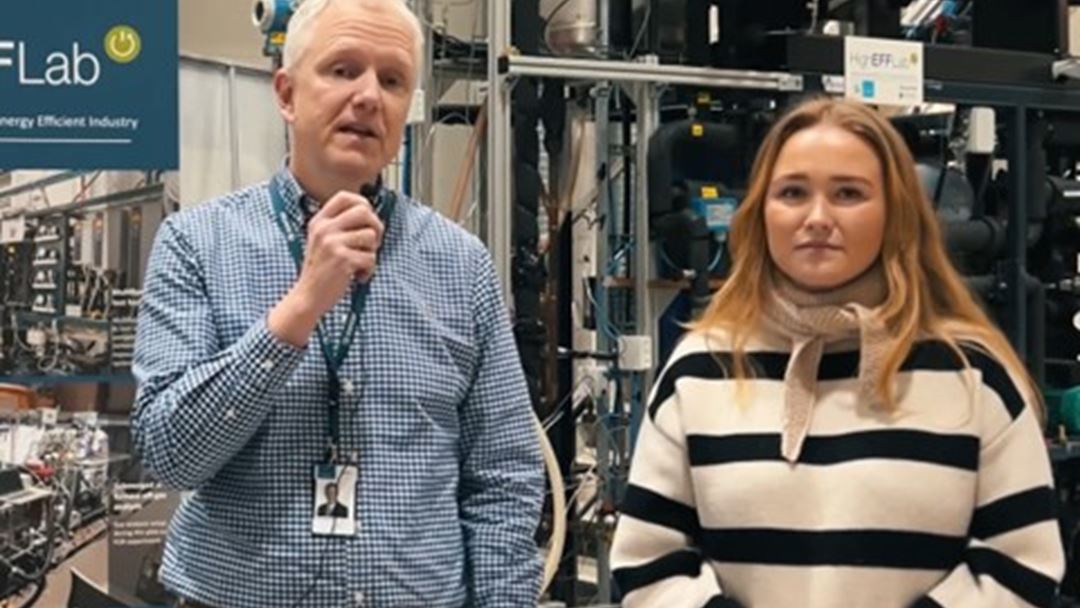REMA 1000 world-leading in use of natural refrigerants
Grocery chain and HighEFF partner REMA 1000 has made significant strides in energy efficiency through a collaborative effort with the Centre. The Norwegian chain now occupies a leading position worldwide in the use of natural refrigerants.

By switching from traditional fluorinated gases (F-gases) to natural refrigerants, with help from NTNU and SINTEF through the HighEFF Centre, REMA 1000 reaps two significant benefits. On the one hand, the system as a whole is more energy-efficient, resulting in a drop in energy costs. On the other hand, natural refrigerants have a substantially lower Global Warming Potential (GWP) compared to their fluorinated counterparts. This means that they contribute much less to global warming when they leak into the environment. Such leaks happen when refrigeration systems get old or break down.
Documented in 95 stores, the use of CO₂ as a refrigerant has led to a remarkable 35% reduction in energy consumption for REMA 1000. This equates to an energy saving of around 18 GWh, comparable to the annual energy use of 1,200 households. Beyond the environmental benefits, this transition aligns seamlessly with REMA 1000’s business ethos of delivering products responsibly and maintaining cost-effectiveness.
Emilie Våge, Director of Sustainability at REMA 1000 Norway, explains: “Not only does this give us a huge environmental benefit, in being able to reduce our emissions; it also reduces our costs, which enables us to pass the savings down to our customers by giving them even lower prices.”
